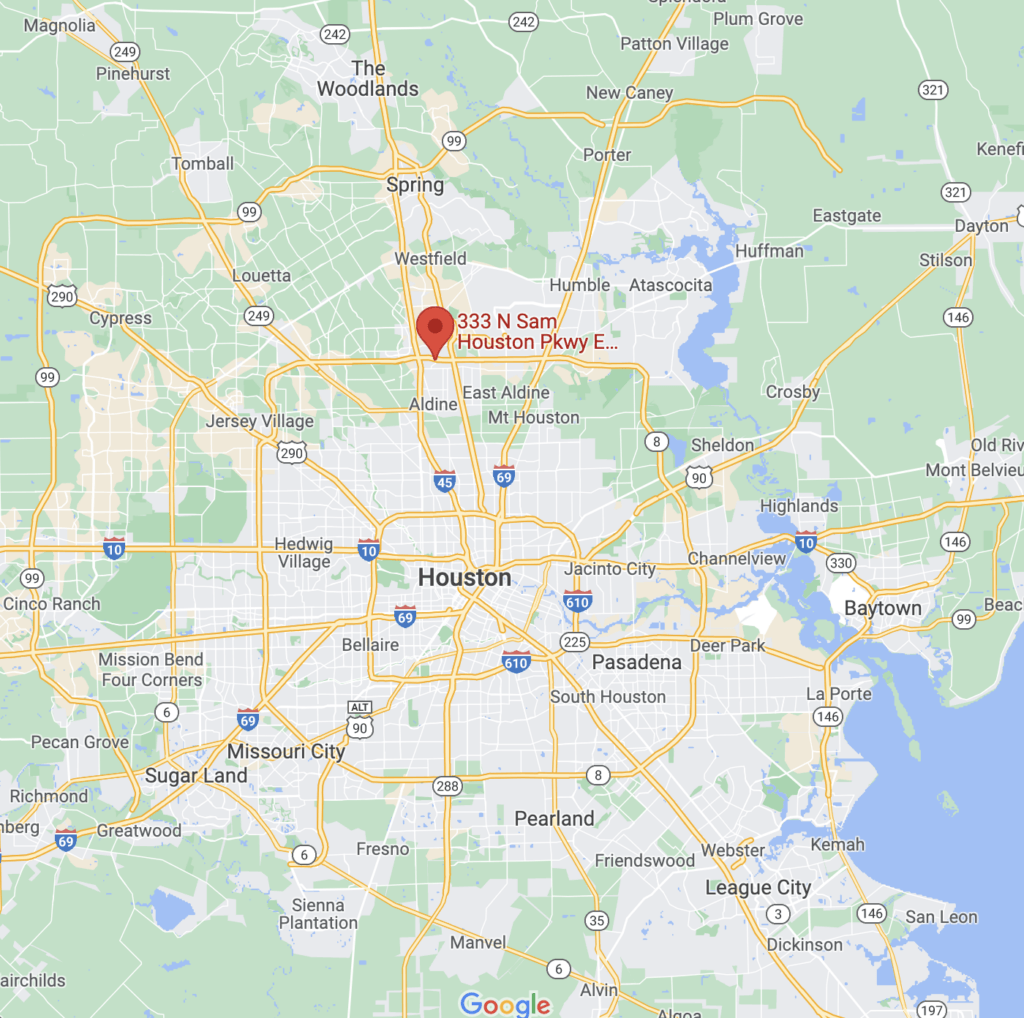IT Leaders
As IT leaders, you don’t have to go to business school to learn business strategy, but you do need a business strategy to make IT indispensably valuable to your company.
IT Strategy
Today, business strategy is an IT strategy. In the past, IT departments were just that – departments. They were only one separate team or working group that interacted minimally with the rest of the company — that is, until something went wrong.
Many IT leaders and company executives alike often operated with the mantra that IT is just there to fix and maintain IT infrastructure and equipment.
This kind of thinking has gone the way of the dinosaur. IT no longer operates in a vacuum.
Today, business and commerce do not occur without IT. It is integrated into every facet of daily life from the smartphone in your pocket to your employee’s computers and on to the data center that hosts all of your company’s sensitive proprietary information.
5 Business Strategies
You Should Incorporate Into Your IT Strategy
Far too many business executives and IT leaders alike view their IT teams as nothing more than internal service providers. For them, IT is here to fix what’s broken so that business can continue along its merry way. Assumptions like this are a huge mistake. However, some of the blame must be placed upon IT leaders themselves who operate as if IT strategy and business strategy are two separate, sometimes even conflicting, things.
To change the perception of IT as nothing more than a support function, IT strategy needs to become a business strategy, and IT professionals need to become trusted advisors, not mere service providers.
Here’s what that looks like in 5 steps:
- Become a trusted advisor, not a service provider.
- Create a better experience.
- Prioritize organization agility.
- Focus on outcomes and intelligence, not just execution.
- Get in alignment with the business strategy.
1. Trusted advisor, not service provider

Under the old paradigm, business leaders make business decisions, and IT decisions are made by IT professionals. Nary the twain shall meet. That’s impossible today. Today’s business decisions are intertwined with IT decisions. It would be quite absurd and even foolish to separate the two. Yet many organizations still operate as if the two sides have nothing to do with one another. Part of the disconnect is a result of the age-old view that the role of IT is to execute functions and nothing more. They provide a service when that service is needed.
That’s a losing strategy and quite expensive.
A winning IT strategy means that IT leaders become trusted advisors for their business counterparts. Instead of taking orders and executing isolated functions, IT leaders provide strategy, insight, and in-depth strategic knowledge from an IT standpoint that will help executives make correct and profitable decisions for the entire organization. Moving from service provider to trusted advisor is the cornerstone upon which any IT strategy should rest.
2. Create a better experience

Any business person will tell you that the customer experience is everything. Remember, most people aren’t paying top dollar for just the goods and services — they’re paying for experiences. Think about it. When you purchase a pair of running shoes, you are also buying the packaging. You’re purchasing the design of the shoes. You’re buying the way they make you feel. You’re purchasing the shoe store ambiance and the salesperson helping you try on the shoes. You’re purchasing the associations you have with the brand, including emotional attachments to past experiences. You are buying an experience. Irrational? Perhaps — but the way we buy most things is irrational when you think about it.
IT leaders need to think the same way. A winning IT strategy creates a better user experience for the end-user. Creating a better user experience should be every IT professional’s north star. It should also inform every IT decision made from the IT workers up to the CIO himself. Ask yourself this question: “Will my decision result in a better end-user experience?” If the answer is yes, then you might be on the right path towards a winning IT strategy.
“Why do we need to upgrade our data transfer speeds?” — To create a better user experience for our customers.
“Why should we switch to a remote working model or a flexible workspace?“— To create a better user experience for our employees.
“Why should we modernize and automate our IT services?” — To create a better end-user experience.
Create a better experience, and you will become a trusted advisor that is indispensable.
2. Create a better experience

Organizational agility is not a new idea in the business community. The idea that organizations should react as quickly as possible to mitigate threats or take advantage of opportunities seems like common sense.
According to McKinsey & Company, organizational strategy is the “ability for an organization to renew itself, adapt, change quickly, and succeed in a rapidly changing, ambiguous, turbulent environment.” However, as technological development continues to accelerate, the window for the reaction will only get smaller and smaller. Today, there is virtually no time to react. More than ever before, businesses must rely on an IT strategy to help them, monitor, assess, predict, guide, and ultimately respond to changing operational landscapes.
IT leaders need to understand this fundamental tenet of business strategy to formulate a winning IT game plan.
A great example of IT working to improve operational agility is through the use of automation. In many sectors, such as customer service, for example, automation and adaptive artificial intelligence are how businesses stay agile. Consumer-facing companies don’t wait for a complaint to be filed. Instead, they are proactively engaging customers and addressing complaints before they can damage their brand reputation or the reputation of their products and services.
Technology allows a chatbot to engage customers right at the point of sale online. Meanwhile, complaints can be addressed instantly with an intelligent refunding algorithm. Waiting on the phone line for a customer service representative is anathema to modern customer service.
We live in a world where market conditions change in nanoseconds. Business can be won or lost in the blink of an eye. A cyber virus, for example, can decimate your data security and compromise your business in a matter of seconds. A website that loads a little too slow can result in a massive decline in revenue.
Is your IT strategy taking organizational strategy into account?
Will your IT strategy make your organization more agile and able to deal with shifting business landscape?
Or, will your IT strategy doom your enterprise to mediocrity or even failure because it couldn’t react in time?
3. Organizational agility

Organizational agility is not a new idea in the business community. The idea that organizations should react as quickly as possible to mitigate threats or take advantage of opportunities seems like common sense.
According to McKinsey & Company, organizational strategy is the “ability for an organization to renew itself, adapt, change quickly, and succeed in a rapidly changing, ambiguous, turbulent environment.” However, as technological development continues to accelerate, the window for the reaction will only get smaller and smaller. Today, there is virtually no time to react. More than ever before, businesses must rely on an IT strategy to help them, monitor, assess, predict, guide, and ultimately respond to changing operational landscapes.
IT leaders need to understand this fundamental tenet of business strategy to formulate a winning IT game plan.
A great example of IT working to improve operational agility is through the use of automation. In many sectors, such as customer service, for example, automation and adaptive artificial intelligence are how businesses stay agile. Consumer-facing companies don’t wait for a complaint to be filed. Instead, they are proactively engaging customers and addressing complaints before they can damage their brand reputation or the reputation of their products and services.
Technology allows a chatbot to engage customers right at the point of sale online. Meanwhile, complaints can be addressed instantly with an intelligent refunding algorithm. Waiting on the phone line for a customer service representative is anathema to modern customer service.
We live in a world where market conditions change in nanoseconds. Business can be won or lost in the blink of an eye. A cyber virus, for example, can decimate your data security and compromise your business in a matter of seconds. A website that loads a little too slow can result in a massive decline in revenue.
Is your IT strategy taking organizational strategy into account?
Will your IT strategy make your organization more agile and able to deal with shifting business landscape?
Or, will your IT strategy doom your enterprise to mediocrity or even failure because it couldn’t react in time?
4. Intelligence, not execution

Organizational agility is not a new idea in the business community. The idea that organizations should react as quickly as possible to mitigate threats or take advantage of opportunities seems like common sense.
According to McKinsey & Company, organizational strategy is the “ability for an organization to renew itself, adapt, change quickly, and succeed in a rapidly changing, ambiguous, turbulent environment.” However, as technological development continues to accelerate, the window for the reaction will only get smaller and smaller. Today, there is virtually no time to react. More than ever before, businesses must rely on an IT strategy to help them, monitor, assess, predict, guide, and ultimately respond to changing operational landscapes.
IT leaders need to understand this fundamental tenet of business strategy to formulate a winning IT game plan.
A great example of IT working to improve operational agility is through the use of automation. In many sectors, such as customer service, for example, automation and adaptive artificial intelligence are how businesses stay agile. Consumer-facing companies don’t wait for a complaint to be filed. Instead, they are proactively engaging customers and addressing complaints before they can damage their brand reputation or the reputation of their products and services.
Technology allows a chatbot to engage customers right at the point of sale online. Meanwhile, complaints can be addressed instantly with an intelligent refunding algorithm. Waiting on the phone line for a customer service representative is anathema to modern customer service.
We live in a world where market conditions change in nanoseconds. Business can be won or lost in the blink of an eye. A cyber virus, for example, can decimate your data security and compromise your business in a matter of seconds. A website that loads a little too slow can result in a massive decline in revenue.
Is your IT strategy taking organizational strategy into account?
Will your IT strategy make your organization more agile and able to deal with shifting business landscape?
Or, will your IT strategy doom your enterprise to mediocrity or even failure because it couldn’t react in time?
5. All about alignment

“Alignment” means that all the constituent parts of the whole are working together towards a common goal. In doing so, the organization can operate much more efficiently, with much less wasted effort, and create enormous amplifying synergies.
IT leaders must learn to align themselves and their departments with the goals and aims of business to claim a seat at the executives’ table. And why shouldn’t IT have a place at the table? Business needs IT to function.
IT strategy should align so tightly with a business strategy that an outside observer wouldn’t be able to tell where one ends, and the other begins.

